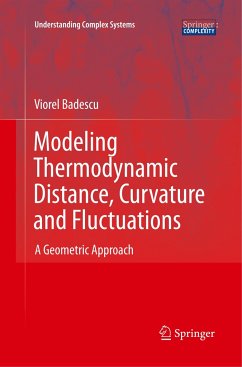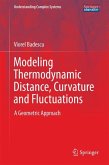This textbook aims to briefly outline the main directions in which the
geometrization of thermodynamics has been developed in the last decades.
The textbook is accessible to people trained in thermal sciences but not
necessarily with solid formation in mathematics. For this, in the first chapters
a summary of the main mathematical concepts is made. In some sense,
this makes the textbook self-consistent. The rest of the textbook consists of
a collection of results previously obtained in this young branch of thermodynamics.
The manner of presentation used throughout the textbook is
adapted for ease of access of readers with education in natural and technical
sciences.
geometrization of thermodynamics has been developed in the last decades.
The textbook is accessible to people trained in thermal sciences but not
necessarily with solid formation in mathematics. For this, in the first chapters
a summary of the main mathematical concepts is made. In some sense,
this makes the textbook self-consistent. The rest of the textbook consists of
a collection of results previously obtained in this young branch of thermodynamics.
The manner of presentation used throughout the textbook is
adapted for ease of access of readers with education in natural and technical
sciences.
"Throughout the book, the author gathers the essential mathematical tools he uses for the presentation of the geometrization of thermodynamics. Readers who are not well acquainted with such mathematical tools will thus get in an efficient way the bases for a complete understanding of the applications of these Riemann geometric tools to thermodynamics." (Alain Brillard, zbMATH 1361.80001, 2017)








